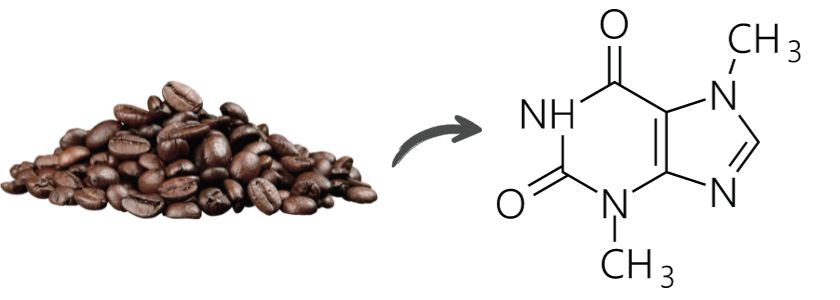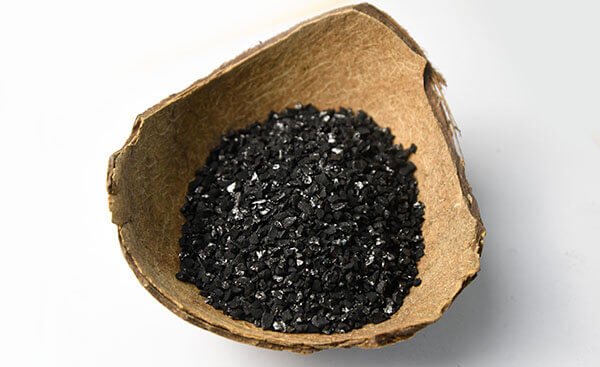
Coffee is one of the most popular beverages worldwide. However, coffee naturally contains a stimulant known as caffeine. With an increasing pursuit of healthier lifestyles, decaffeination has become more prominent.
In this context, activated carbon plays a crucial role in decaffeination, leveraging its unique advantages.
This article will focus on the application of activated carbon in decaffeination. Let’s explore together!
What is Caffeine?

Caffeine is a natural alkaloid present in coffee beans.
While caffeine in coffee stimulates the central nervous system and possesses physiological and health benefits, excessive intake can stimulate the central nervous system, disrupt sleep, and increase blood pressure. Given the adverse effects of caffeine on the human body, decaffeination becomes a necessary process.
Next, I will share some methods of decaffeination; please continue reading.
Decaffeination Methods
Decaffeination can remove approximately 97% or more of caffeine from coffee beans. Like all coffee, decaffeinated coffee is safe for consumption and can be part of a healthy diet. Currently, decaffeination technologies mainly include water process, solvent extraction, adsorption separation, supercritical CO2 extraction, etc.
- Swiss Water Method
This involves soaking green coffee beans in water, filtering out caffeine to create green coffee extract. The extract is then added to green coffee beans containing caffeine. - Carbon Dioxide Extraction
By pumping carbon dioxide into coffee beans, caffeine can be separated from the coffee. - Solvent Extraction
Utilizing a chemical solvent like dichloromethane can remove caffeine from coffee beans. - Adsorption Separation
This method utilizes the highly porous structure and excellent adsorption properties of activated carbon to adsorb caffeine from coffee, achieving decaffeination.
Do you plan to purchase activated carbon?
Why Choose Activated Carbon for Caffeine Removal?
Compared to other decaffeination methods that are complex and costly, activated carbon has significant advantages.
Caffeine is easily soluble in water and readily adsorbed by activated carbon. The well-developed pore structure of activated carbon maximizes caffeine removal, ensuring high adsorption efficiency. Using activated carbon for decaffeination is gentler and helps preserve the original flavor of coffee.
Moreover, activated carbon is a renewable resource, and its preparation process is relatively environmentally friendly, aligning more with sustainable development principles compared to traditional solvent methods.
Our Solutions
Activated carbon for decaffeination possesses advantages such as a developed pore structure, low ash content, high adsorption rate, and easy separation. Therefore, it effectively removes caffeine from coffee beans, ensuring the preservation of the original flavor while minimizing the impact of other substances on coffee. For such activated carbon characteristics, we provide granular activated carbon for decaffeination processing.
Here are some of our product parameters (customization is supported):

Granular Activated Carbon
- Particle Size(mesh): 4×6, 4×10
- Iodine Value(mg/g): 600-1100mg
- Ash: 3%(max)
- Hardness: 98%(min)
Do you plan to purchase activated carbon?
Final Thoughts
After reading the above content, you should have a deeper understanding of the application of activated carbon in caffeine removal. In the pursuit of a healthier and more environmentally friendly coffee culture, the use of activated carbon for decaffeination is gradually becoming a leading trend.
If you have any thoughts or requirements, feel free to contact us anytime, and we will provide you with the most professional solutions.